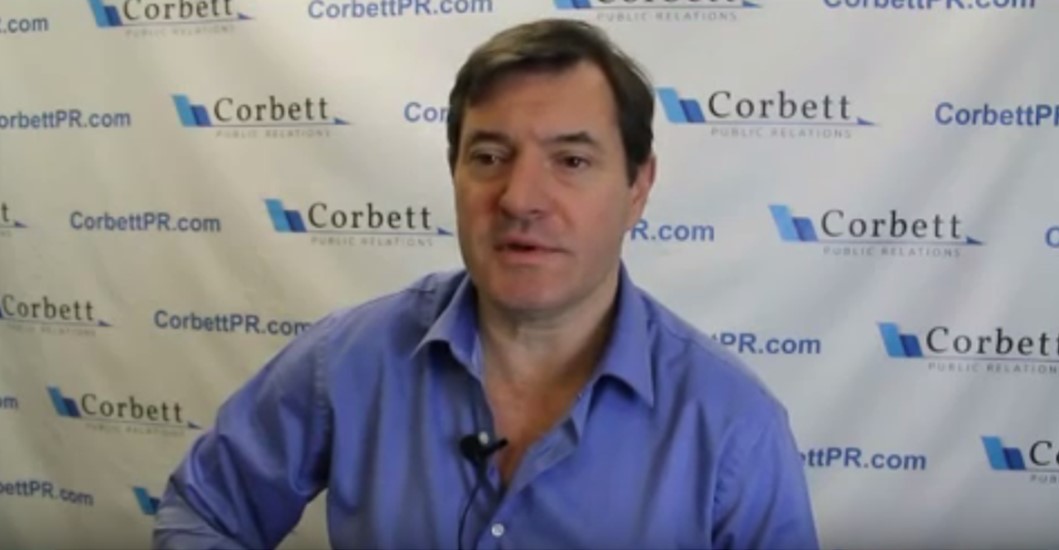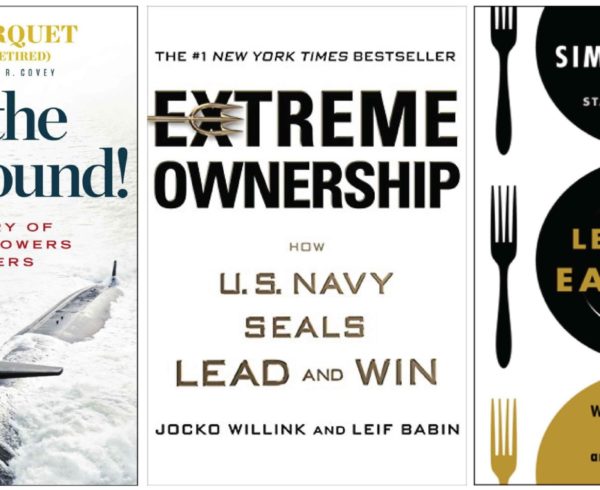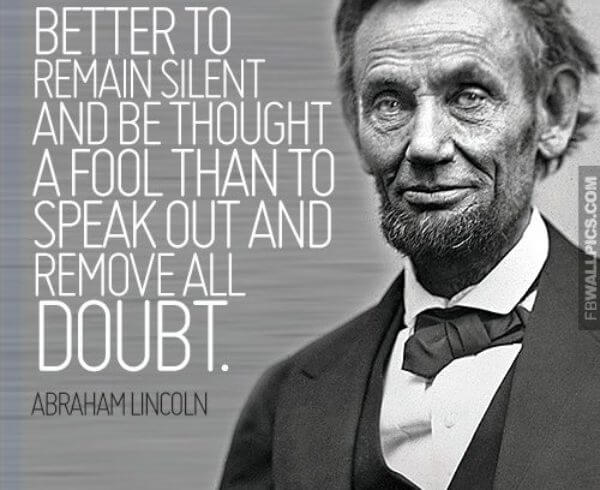 Why is it that many salespeople don’t understand LinkedIn? In my personal branding and LinkedIn seminars I have had many people who are in sales offer answers to this question. The top answers: “I am not getting any leads.” “No ROI.” “Too much time is needed.” “I don’t have time” and finally, “I can’t find or reach prospects.” There are many excuses; too many to list here.
Why is it that many salespeople don’t understand LinkedIn? In my personal branding and LinkedIn seminars I have had many people who are in sales offer answers to this question. The top answers: “I am not getting any leads.” “No ROI.” “Too much time is needed.” “I don’t have time” and finally, “I can’t find or reach prospects.” There are many excuses; too many to list here.
Let’s consider some important factors before moving forward: competition exists in every industry and business is lost or gained based on opportunities and relationships. Salespeople must do everything that they can to beat or at least keep up with their competition. LinkedIn research has shown that half of all businesses will not work with vendors’ salespeople who have an incomplete LinkedIn profile. This point alone should be enough to motivate a salesperson to immediately work on completing their profile (with a professional photo headshot, of course.) Finally, in respect to competition, a salesperson who thinks that LinkedIn is not important should be aware that in most cases their competitors are active on LinkedIn and so are their prospects.
As a business owner and salesperson myself, I understand the frustration. We live in a time where we want immediate gratification and success. For highly focused and driven salespeople, a long lead time strategy that requires investment in time, energy, creativity and effort is a real challenge. However, any form of marketing success takes a plan, an investment of time and consistency.
In terms of consistency, Tony Robbins sums it up perfectly:
“It’s not what we do once in a while that shapes our lives. It’s what we do consistently.”
To succeed with LinkedIn you can’t just “dabble in it” or create a profile and “set it and forget it” as Ronco’s Ron Popeil would say. A well written and complete LinkedIn profile has many competitive advantages which certainly should not be overlooked. However, expecting a tidal wave of leads to come simply by having a complete profile is a dream.
 Click here for Part 1 of my video of secrets for LinkedIn Salespeople that nobody is telling you. Click here for Part 2.
Click here for Part 1 of my video of secrets for LinkedIn Salespeople that nobody is telling you. Click here for Part 2.
So let’s examine each of the excuses salespeople (and many others) have given to me.
I am not getting leads or a limited number or no ROI. As mentioned above, the “set it and forget it” strategy will not work on LinkedIn. You must transform your LinkedIn profile into a living entity and use it as a marketing tool to communicate with prospects. Start by visiting your profile to see who has viewed it, respond to messages and answer connection requests and endorsements. As part of your plan you should have a system for how you will respond to each of these relationship development triggers. Yes, each of these interactions allows you to interact and start conversations with people who are the most likely to become your clients or referral sources. Investing the time to build relationships will lead to success, but this success will take time and regular effort.
Too much time is needed/I don’t have time. Time is money. We all know this, especially people who work on commission. They have to spend their time as efficiently as possible. Studies of salespeople indicate repeatedly that their greatest frustration is wasting time or spending time educating prospects just to have them go someplace else. What’s the solution? It starts with a LinkedIn marketing plan. Your plan must outline how you will use LinkedIn, what you will do, when you will do it and how much time you will invest. Your marketing schedule is critical for success and consistency. Put on your schedule the specific times you will spend using LinkedIn. However, before you actually do this you should create a “time budget.” A time budget is a clearly defined amount of time you will spend on LinkedIn each day, week or month. Keep track of your time; you want to invest time but you don’t want to get sucked into a time-wasting vortex. Adjust your schedule but stay within the time parameters you have set. When you start seeing success, invest more time; if you see limited success keep to your schedule but try to work more efficiently.
Not having enough time is a little tricky to address. We are all faced with time constraints and pressure. This is a function of the fast-paced and high pressure society we live in today. The fact is that “not enough time” can no longer be an excuse. Salespeople need to make time to use LinkedIn and, in a more general sense, create a personal marketing plan. Fewer than 5 percent of salespeople, while they have sales goals and plans, lack a personal marketing plan. Time is needed to focus on marketing activities and actions in order to succeed. Start by creating a “time budget,” make a commitment to invest the time you need in the same way you allot a certain amount of time at the gym, making cold calls or networking. Investing time is not easy – nobody said it would be – an extra hour at night, getting up at 6 a.m. or focusing on LinkedIn on the train commute to work may be what works for you.
Still challenged? Here’s a secret: you don’t have to post on LinkedIn during the week and you don’t even have to do live posts. Your prospects and contacts will be using LinkedIn on weekends and there are programs such as Hootsuite that allow you to schedule posts on LinkedIn any time. This means that you may not need to spend as much valuable work week time marketing and building your brand on LinkedIn.
I can’t find or reach prospects. Nobody wants to spin their wheels and get frustrated. This is why consistency and a plan matters when using LinkedIn. A key part of any marketing plan is identifying who your targets are, your ideal clients/customers, referral sources and brand ambassadors.
To effectively reach these individuals or groups you must explore LinkedIn communities (groups) and learn how LinkedIn’s advanced search functionality works. Searching has become easier and more refined, with over 100 million Americans on LinkedIn, the likelihood of prospects being on the site is high. The key is finding them, connecting with them, communicating with them and presenting to them a value proposition or building a relationship with them. Create your ideal client profile and start searching. I recommend using as many filters as possible and geographic boundaries. Create your lists and get into the process of connecting. Connecting with people you don’t know is a challenge and certainly a hard selling approach is not the right method. Start by examining a person’s profile for commonalities, see what and how often they are posting and seek who they are connected with and what groups they belong to. Groups give you the best access to connecting with somebody you don’t know or don’t know well. However, your chances of connecting and doing business with somebody are greatly increased when you share a group affiliation.
Still struggling to reach the right decision makers? Here are two additional approaches that you can take. Remember, your competitors are also doing this. First, InMail. InMail is part of LinkedIn’s premium services. InMail allows you to communicate with anyone you are not connected with on LinkedIn. This type of communication has proven to be effective especially for people impossible to reach in other ways.
You’re standing out because your message is received in their personal email inboxes, and you’re standing out because receiving an InMail is still somewhat novel. It’s also very unlikely that your prospect is getting bombarded with LinkedIn mails from spammers and others trying to “sell” something.
Prospects will get messages, and you will enter their stream of thought. You have your shot at making an impression, so make the most of it. Craft a well thought out message and make sure that your profile is complete and ready for viewing.
Second, a recent paper issued by Sandler Sales Training in partnership with LinkedIn found that prospects are 100 percent more likely to positively respond to a call or message if they are called or communicated with within 5 minutes of posting on LinkedIn. If you are having trouble getting to speak with a prospect, by simply monitoring them and communicating with them right after they have posted will give you a much better opportunity to reach them on the phone.
There are no real excuses for not leveraging the power of LinkedIn. The process of making the sale using LinkedIn marketing is likely to take time, energy and effort. This investment is worth it to you, particularly when you have a plan and a commitment to consistency and understand that competitors are on LinkedIn may be using some of the same approaches. There are plenty of other secrets, strategies and marketing approaches for using LinkedIn to effectively grow your personal brand and business even more.
Have questions, need a resource? Contact me at wjcorbett@corbettpr.com.
Need to start creating a personal marketing plan? Email the code PMP2016 to me at info@growyourpersonalbrand.com and I will send you a list of questions to ask yourself to get started.
Looking for some help setting up your LinkedIn plan? Visit www.growyourpersonalbrand.com
By Bill Corbett








Leave a Comment